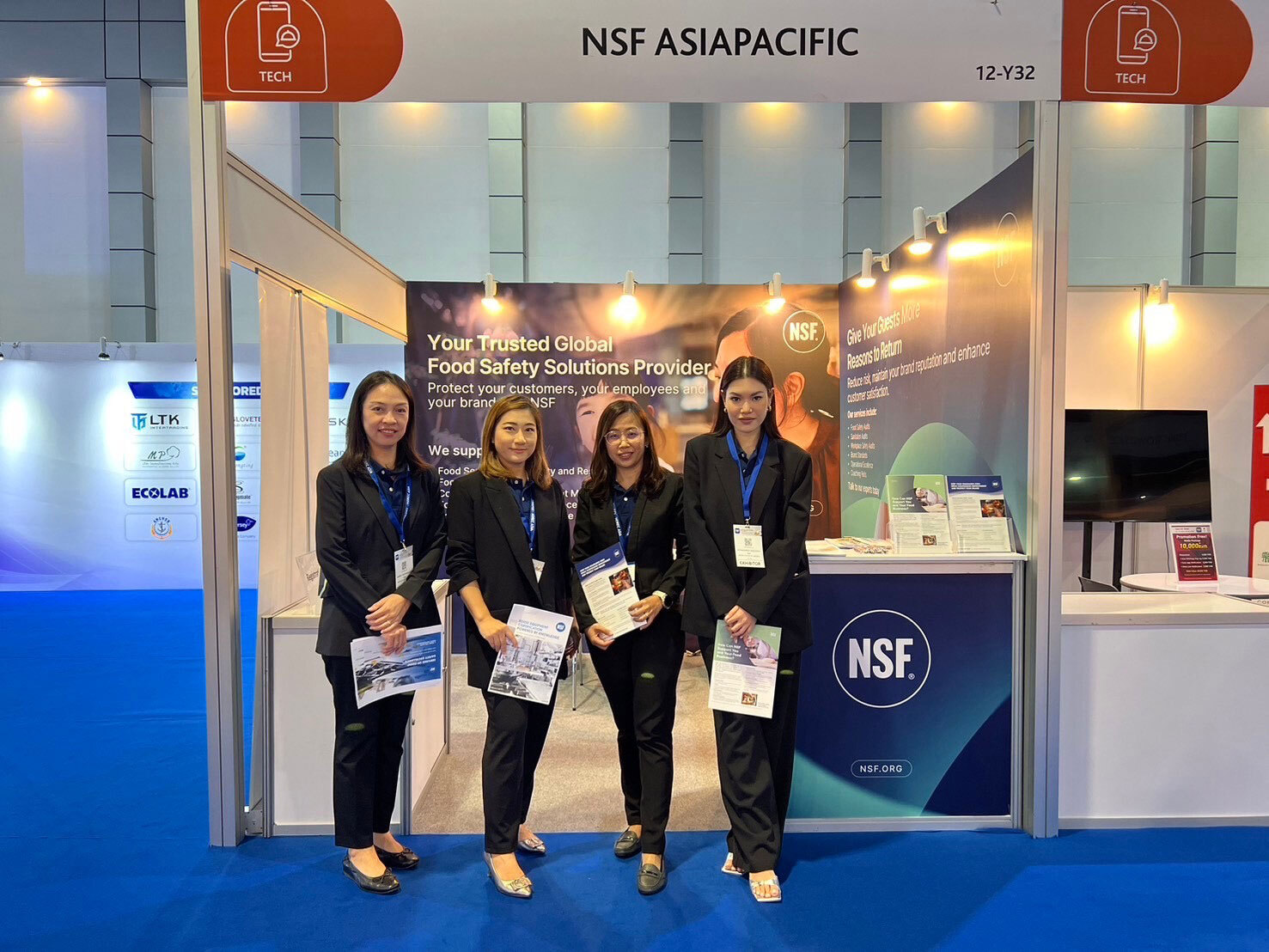Plumbing Product Markings
If you have ever visited the plumbing section of a local hardware or home improvement store, you've probably seen a wide array of labeling printed on the product itself or on the packaging. Some products display standard designations such as NSF, ASTM or AWWA, while others display codes such as PW, RFH or DWV – it's like alphabet soup and can be confusing if you aren't familiar with these terms.
Potable Water Markings
Products that are intended for contact with drinking water are generally reviewed under NSF/ANSI/CAN Standard 61: Drinking Water System Components. This American National Standard limits the amount of impurities that a product can potentially introduce into drinking water. Consumer products covered by this standard include:
- Faucets (kitchen sink and lavatory)
- Faucet supply lines
- Pipe (as well as water main and well casing)
- Valves, meters and pumps
- Fittings, including solder used to join pipe
One of the following designations may be present either on the product or the product packaging:
- NSF-61: Indicates the product is certified to NSF/ANSI/CAN 61 for potable water contact.
- NSF-PW: Indicates the product is certified to NSF 61 along with one or more other standards that address a structural aspect of the product (e.g.. ASTM, ASSE standards).
Drain/Waste/Vent
Another marking commonly found on pipe and fittings is NSF-DWV. "DWV" stands for drain, waste and vent applications. Products bearing this mark have been reviewed either for disposal of water/wastewater or for venting applications. Products with this marking only should not be used for drinking water applications.
Lead Free Claims
Since January 4, 2014, manufacturers wanting to sell plumbing products in the U.S. must demonstrate that those products do not contain more than 0.25 percent lead if the product is intended for contact with drinking water. The weighted average lead content of a product is determined by multiplying the lead content of each component that is in contact with water by the surface area of that component, then dividing this number by the entire water contact surface area of the product. Products produced prior to 2014 that met this requirement may be marked with NSF/ANSI 61G, NSF® pw-G, NSF/ANSI/CAN 372 or NSF® 372, while products produced after January 4, 2014 may display an NSF/ANSI/CAN 61, NSF® pw, NSF/ANSI/CAN 372 or NSF® 372 marking.
Other Markings
Other common markings found on plumbing system components include:
- NSF-rfh – Certified for radiant floor heating applications.
- CLD23 – Product is intended for cold or room temperature applications only (up to 73° F).
- DHOT – Product can be used for both cold and domestic hot applications up to 140° F.
- CHOT – Product can be used for cold, domestic hot or commercial hot applications (up to 180° F).
- PEX 0006 (or CL-0) – No chlorine resistance rating (not used in potable water),
- PEX 1006 (or CL-1) – Product exposed 25 percent of time at 140° F and 75 percent of time at 73° F (formerly CL-TD),
- PEX 3006 (or CL-3) – Product is exposed 50 percent at 140° F and 50 percent at 73° F (formerly Cl-R),
- PEX 5006 (or CL-5) – Product is exposed 100 percent of time at 140° F.
How NSF Can Help You
Get in touch to find out how we can help you and your business thrive.

What’s New with NSF

NSF Shanghai Named Critical Site for NSF/ANSI 455 and NSF/ANSI 173 by ANSI National Accreditation Board
July 26, 2024
NSF Takes Center Stage at NEHA Annual Education Conference
July 25, 2024
NSF Asia Pacific Showcases Hospitality Solutions at THAIFEX HOREC Asia 2024 in Bangkok, Thailand
July 4, 2024